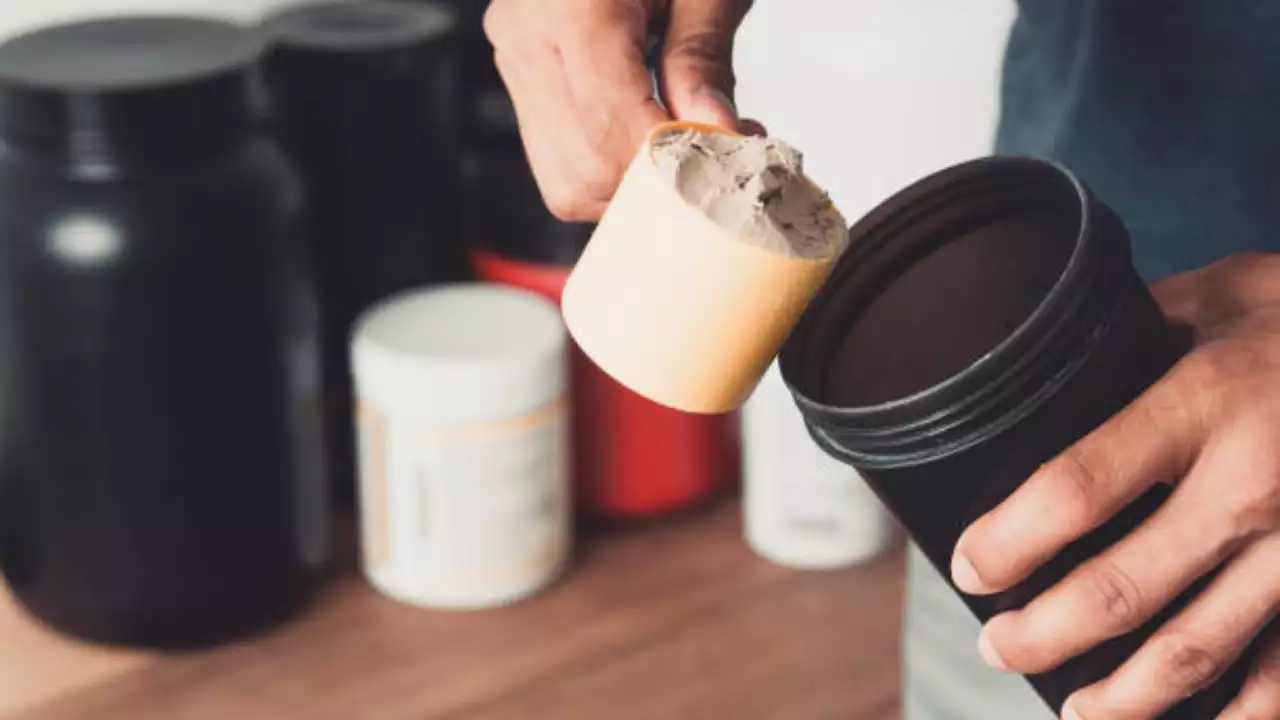
Protein powder has become a popular supplement for athletes, fitness enthusiasts, and anyone looking to boost their protein intake. But with this growing popularity comes a risk: fake protein powder.
These fakes can be dangerous and ineffective, so it’s important to know how to identify the real deal. Here’s what you can look out for:
Red Flag #1: Price Too Good to Be True
High-quality protein powder uses real ingredients, which costs money to produce. If you see a price that’s significantly lower than other brands, it’s a major red flag. Remember, cheap protein probably isn’t real protein.
Red Flag #2: Unfamiliar Brand or Seller
Stick to established brands with a good reputation. Avoid buying protein powder from unknown online sellers or people at the gym. Research the brand and seller before you buy. Look for companies with websites that detail their manufacturing process and ingredients.
Red Flag #3: Missing or Unclear Labeling
Real protein powder will have a clear and detailed label. It should list the following information:
- Ingredient list: Look for protein sources like whey, casein, or soy. Avoid products with vague terms like “protein blend” or a long list of fillers and additives.
- Nutritional information: Check the protein content per serving. Aim for powders with at least 20-25 grams of protein per scoop.
- Expiry date and batch number: A missing expiry date or batch number is a big red flag.
- Manufacturing details: Look for the manufacturer’s address and contact information.
Red Flag #4: Suspicious Packaging
Professional-looking packaging with clear branding and tamper-evident seals is a good sign. Be wary of products with poorly printed labels, typos, or flimsy packaging. This could indicate a fake product.
Red Flag #5: Powder Consistency and Mixability
Real protein powder should have a fine, consistent texture. Lumpy or clumpy powder could be a sign of low-quality ingredients or fillers.
Once mixed, a good quality protein powder should blend well with water or milk. If it clumps or leaves a lot of residue at the bottom of your shaker, it might be fake.
Red Flag #6: Unrealistic Results
Protein powder is a supplement, not a magic bullet. If a product promises unbelievable muscle gain or weight loss in a short time, it’s likely too good to be true.
What to Do If You Think You Have Fake Protein Powder
If you suspect your protein powder is fake, stop using it immediately. Discard the product and contact the manufacturer or seller.
Here are some additional tips for buying safe and effective protein powder:
- Buy from reputable retailers: Stick to established stores or online retailers with a good track record.
- Read reviews: See what other customers are saying about the brand and product.
- Consider third-party certifications: Look for products with certifications from independent organizations that test for quality and purity.
By following these tips, you can be confident you’re getting the real deal when it comes to protein powder. Remember, your health is worth the extra effort to ensure you’re consuming a safe and effective product.